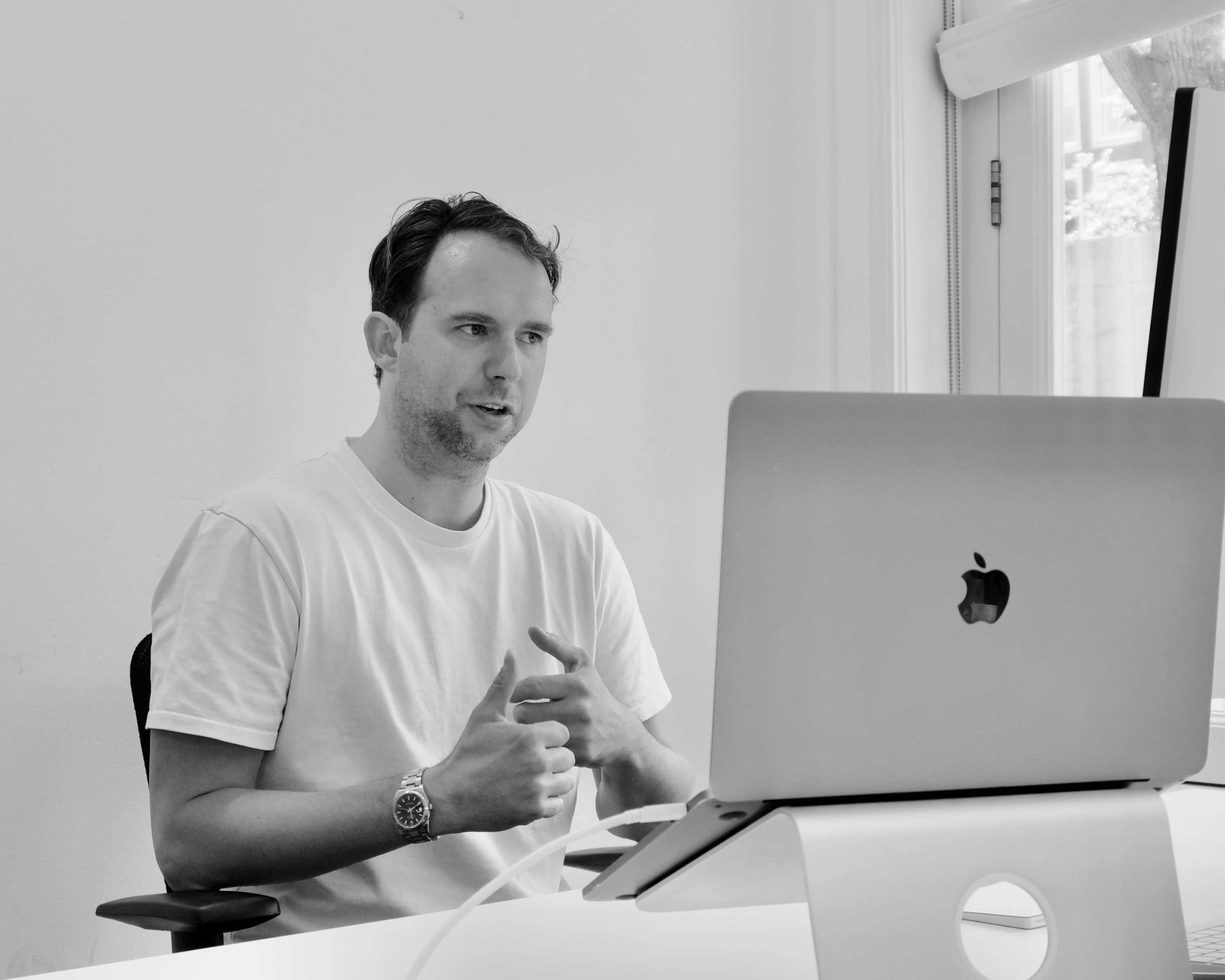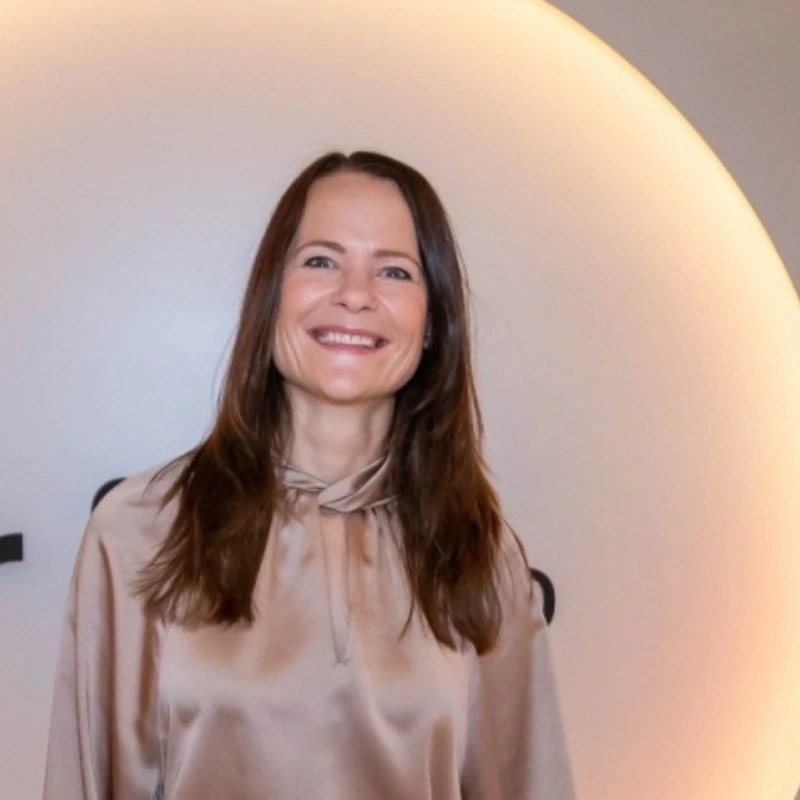Investing in one go or spreading it out: what works best for you?
When you are ready to invest, one of the most important questions is: do you invest the amount all at once, or is it better to invest periodically? At Vive, we help you make the right choice, depending on your goals and risk profile. In this blog, we explain the advantages and disadvantages of both options, so that you can make the decision that suits you best.
Should I make my investment in one go, or is it better to spread it out?
We like to keep it simple at Vive, but we understand that this choice can be difficult. Investing a large amount in one go can be beneficial if you happen to enter the market at a low point – you buy in cheaply. But it also carries the risk that you will enter at a peak. Spreading your investments, also known as dollar-cost averaging, offers a way to reduce this timing risk by spreading your investment over a longer period.
- Example: Suppose you have €12,000 available to invest. If you invest this entire amount in one go and the market falls shortly afterwards, you will immediately suffer a loss on the full amount. If, on the other hand, you choose to invest €1,000 monthly for 12 months, you also buy in at times when the market is lower. Your average purchase price may then be lower, so you run less risk of having invested everything at a peak moment.
With spread investing, you don't have to time the market – you automatically take part in both the lower and higher prices, which averages out more.
What are the risks of investing in one go?
Investing everything at once means that you are fully exposed to the vagaries of the market from day one. This can lead to large profits if the market rises immediately after you enter, but also to substantial losses if the market falls. The biggest risk is that you invest just when the market is at its peak, followed by a decline.
- Example: In 2008, during the financial crisis, stock prices worldwide fell by more than 40%. Investors who had invested their entire capital all at once just before that crash suffered significant losses. However, if you had spread your investment over that period, you could have bought more cheaply as prices fell, resulting in a lower average purchase price.
In short, investing all at once increases the impact of timing: good timing can yield a lot, but bad timing can be painful. You can reduce this risk by spreading your investments.
How does diversified investing affect risks and returns?
Spreading investments reduces the impact of market fluctuations, because you invest at different times. For example, you invest part of your money every month or quarter. This can help prevent large losses, because not all of your assets are in the market at an unfavorable time.
The potential disadvantage is that if the market were to go up in a straight line, you would miss out on some returns with spread investing compared to entering completely immediately. However, periodic investing usually offers a more stable approach with less risk, especially for investors who find peaks and valleys difficult. You spread the risk over time.
- Example: Suppose you had divided your €12,000 in 2008 over 12 monthly deposits of €1,000. During the months of the crash, you could have invested part of your money at much lower prices. As a result, the final value of your portfolio could be higher than if you had invested everything just before the crash. Spreading investments acts as a built-in safety net strategy here.
What is smarter if I have a long investment horizon?
Do you have a long-term goal in mind (for example, 10 years or longer)? Historically, investing early and in one go often yields a higher final amount, because you then benefit maximally from compound growth (the interest-on-interest effect or growth-on-growth in investments). Every day your money is in the market, it can yield returns. From that point of view, investing all at once can be beneficial if you have a large amount available immediately.
On the other hand, if you have a long-term horizon but feel uncertain due to short-term volatility, then spread investing can still give you more peace of mind – even if you theoretically have slightly less return, you will probably sleep better with a gradual entry.
- Example: Maria has received €10,000 and has a horizon of 20 years until her retirement. She could invest that amount in one go to take full advantage of 20 years of growth. But Maria is afraid of a sudden crash. She therefore decides to invest the €10,000 spread over 10 months. This way she gradually enters the market. After 20 years, her final amount is slightly lower than if she had invested everything directly on day 1, but she never had to worry about the wrong time to invest.
Is it wise to invest in a mix of stocks and bonds?
In addition to the choice between investing in one go or spreading it out, there is also the question of what you invest in. Often a mix of stocks and bonds is wise, tailored to your risk appetite. Stocks usually offer higher returns in the long term, but go up and down. Bonds are more stable and generally give fixed interest or smaller fluctuations. A balanced mix can ensure that you benefit from both: growth through equities, and stability through bonds.
Vive usually recommends a personal mix based on your investment profile (internal link to profile selection). If you are young and can invest for a long time, you may want to hold more shares (more aggressive). If you are closer to your goal or retirement, you may want to have more bonds (more defensive) to protect your profits. The great thing about periodic investing is that you can also adjust your ratio with each deposit if necessary.
Unfortunately, there is no direct answer
There is no definitive answer to whether you should invest all at once or spread your investments over time. It depends on your personal risk appetite, the amount of money you have available, and your financial goals. Investing all at once can yield more if the timing is right, but it is riskier. Spreading your investments provides more peace of mind and consistency but may take a little more time to achieve the same result.

maak een afspraak
Klaar voor een moderne oplossing voor pensioen of vermogen? Maak vrijblijvend kennis met Vive en ontdek wat kan - voor jouw organisatie.
Complex pensioen, simpel uitgelegd - weet direct waar je staat
Persoonlijk gesprek voor jouw situatie en die van je werkenemers
In 30 minuten meer duidelijkheid dan uren googlen
Alle ruimte voor vragen aan onze ervaren pensioenexperts









.webp)